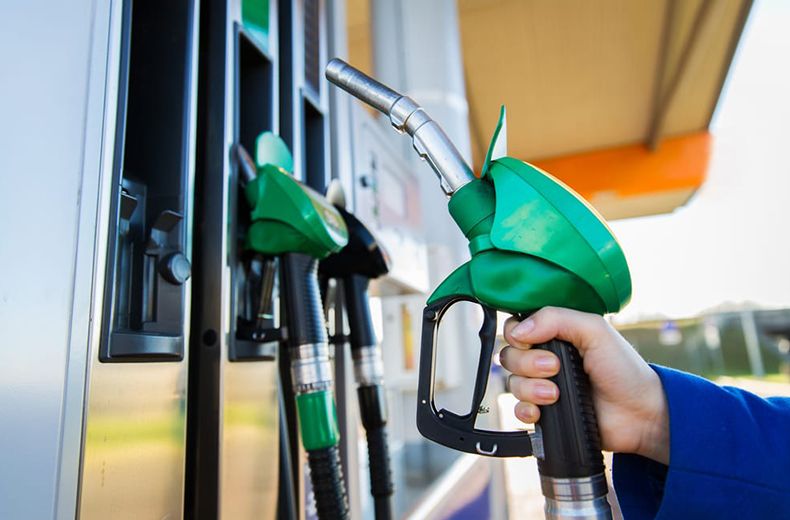The price of petrol shot up by 3.5p to 120p a litre in January – a price last seen the day before the first Covid-19 lockdown on 22 March 2020 and the third consecutive monthly increase, data from RAC Fuel Watch reveals.1
Diesel also went up by more than 3p a litre from 120.05p to 123.43p (3.38p), making for the second rise in as many months. Both fuels, however, are still around 7p a litre cheaper than they were a year ago.
At these prices a full 55-litre tank of unleaded will set drivers back £66 which is nearly £2 (£1.92) more than at the start of January.
The diesel equivalent is £67.89 – up £1.86. Compared to the May 2020 low of 105.81p for petrol, a complete fill-up is now around £8 more expensive and diesel nearly £7 (111.23p a litre on 21 May 2020).
The hike appears to have been led by the supermarkets which are extremely influential in retail fuel pricing, currently selling 60% of all fuel sold in the UK.2 Asda added more than 5p a litre to petrol taking the average price across all its sites to 115.13p.
While this was the biggest rise its unleaded is still the cheapest available at a supermarket, although Sainsbury’s is not far behind at 115.87p a litre. Asda also has the lowest priced diesel at 118.16p, with Sainsbury’s at 118.81p.
As a result of all four of the big supermarkets raising their fuel prices by around 4p a litre, it’s now only 3-3.5p cheaper to buy at their sites compared to the UK average.
However, this is a penny less than it was in December when it was 4-4.5p cheaper to buy at a supermarket.
- What is the best fuel for my car? The definitive guide to different fuel types
- Does fuel go off? Old fuel and fuel storage questions answered
- What to do after putting the wrong fuel in your car
- Greener E10 petrol to launch this autumn – but is it better?
RAC fuel spokesman Simon Williams said:
“Petrol car drivers have sadly seen three months of rising pump prices taking us back to a level last seen at the start of the first lockdown late last March and adding a couple of pounds to the cost of filling up.
“The increase stems from $5 being added to price of a barrel of oil although this has been cushioned by the pound strengthening a little against the dollar. One thing’s for sure prices are nowhere near the lows we saw in late May when petrol was just under 106p a litre and was diesel 111p.
“These latest fuel prices unfortunately show the power of oil production cuts in getting the barrel price back up from the floor at $13.21, when the impact of international travel restrictions first hit last April, to the $55 mark now.
“Eyes will now be on the Chancellor who will face a difficult decision at his Budget next month as to whether to pile further misery on drivers by raising fuel duty at a time when pump prices are on this rise and many household incomes are being squeezed as a result of the pandemic.”
Find out more about petrol and diesel prices on RAC Fuel Watch.

RAC sale – up to 33% off*
• Roadside cover from £5.29 a month†
• We get to most breakdowns in 60 mins or less
• Our patrols fix 4/5 breakdowns on the spot












